NURS 124
1/41
There's no tags or description
Looks like no tags are added yet.
Name | Mastery | Learn | Test | Matching | Spaced |
|---|
No study sessions yet.
42 Terms
intrapersonal communication
one's thinking, is also known as self talk or inner thoughts. This develops self awareness, positive self concept, self expression and improves health and self esteem.
interpersonal communication
direct, face-to-face communication between two or more people, patient to nurse
contextual knowledge
Research about the history, location, culture, economics, relationships, politics and beliefs, attitudes and values related to a character or text will provide contextual knowledge. \n \n building block to providing context-based and relevant care
Initiative (in relational practice)
initiative assesses or initiates things independently, nurses can reach out and listen to patient needs and concerns.
authenticity (in relational practice)
being genuine or real, being spontaneous and genuine, aware of in the moment experience of the patient
Reflexivity
being aware of your own pattern of communication and response to communication, as well as the response you are evoking in others.
message
the content of communication
Perception
it is information gathered by the five senses (sight, hearing, taste, touch, and smell), the mentally organizing it to come to a conclusion based on this sensory information
perceptual biases
human tendencies that interfere with accurately perceiving and interpreting messages from other people, nurses can use critical thinking and self reflection to overcome this.
mutuality and mutual understanding
having respect and understanding beliefs, morals and values between the patient and nurse
Relational Practice
The art and skill of being able to connect with people across differences by joining with them as they are and where they are.
Maslow's Hierarchy of Needs
communication theory
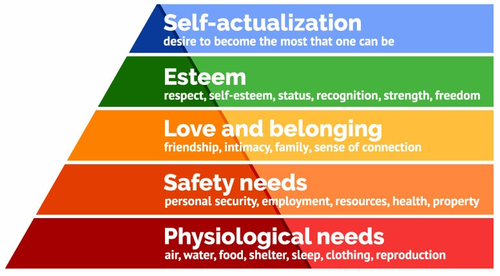
Erikson
theorist who studied psychosocial development across the lifespan.
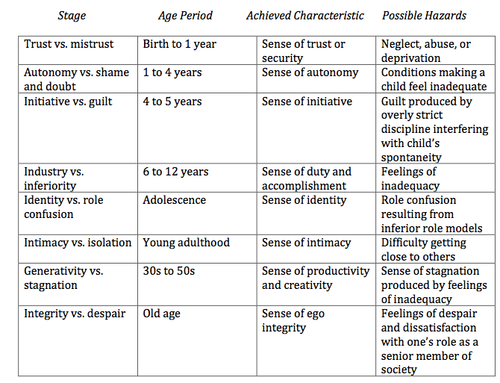
Piaget's stages of cognitive development
1. sensorimotor \n 2. preoperational \n 3. concrete operational \n 4. formal operational
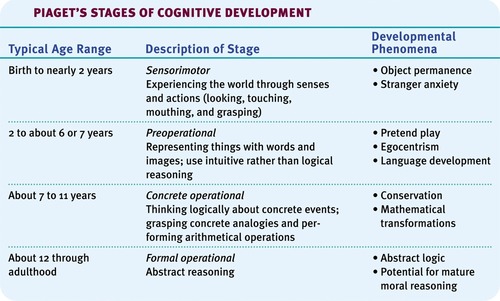
Kholberg's stages of moral development
preconventional, conventional, postconventional
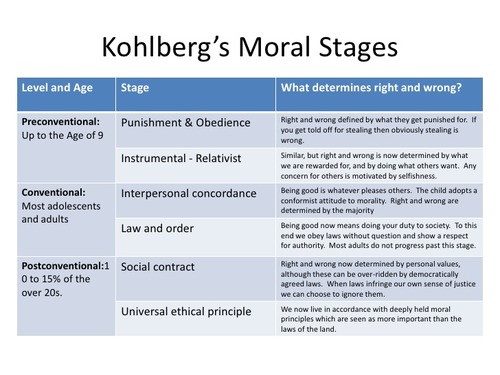
Factors that impact development
- genetic forces
- environmental forces
- interactions between the two
Traps of interviewing
- Providing False Reassurance \n - Giving Unwanted Advice \n - Using Authority \n - Using Avoidance Language \n - Engaging in Distancing \n - Using Profession Jargon \n - Using Leading or Biased Questions \n - Talking too much \n - Interrupting \n - Using "why" Questions
defense mechanisms
the ego's protective methods of reducing anxiety by unconsciously distorting reality
barriers to relationships
Anxiety \n Stereotyping and bias \n Overinvolvement \n Violation of personal space \n Time limitations \n Gender differences \n Cultural
clarifying
The process of making sure you have understood the meaning of what was said
Summarizing
Briefly stating the main points and key details of a work in your own words.
ADPIE
- Assessment \n - Diagnosis: \n - Planning \n - Implementation: \n - Evaluating:
assessment
The ability to communicate includes gathering data about the many contextual factors. sorts and analyzes a patient's health information using evidence-informed tools to learn more about a patient's overall health, symptoms, and concerns. Finding information regarding physical and emotional factors, developmental factors, sociocultural factors, and gender.: 1st step, subjective and objective data
diagnosis
A nursing diagnosis is a clinical judgment concerning a human response to health conditions/life processes, or a vulnerability for that response, by an individual, family, group, or community
planning
prioritizing problems, determining goals, plan of care. once taking information found in the assessment and diagnoses you use this information to set goal. Using nursing interventions to make improvements in their health, then pick a measurable goal based on the problem at hand.
implementation
nursing action (rather than medical action)Carrying out the care plan made. Throughout this process, it is important to use therapeutic communication techniques.
evaluation
comparing outcomes, communicate and document findings
SMART goals
Specific, Measurable, Attainable, Realistic, Timely
DARP charting
Data - subjective or objective information that supports the stated focus or describes the patients status at the time of a significant event or intervention \n \n Action - Completed or planned nursing intervention based on the nurses assessment of the patient's status \n \n Response - Description of the impact of the interventions on patient outcome \n \n Plan
SOAPIER charting
S = subjective data (e.g., how does the client feel?) \n O = objective data (e.g., results of the physical exam, relevant vital signs) \n A = assessment (e.g., what is the client's status?) \n P = plan (e.g., does the plan stay the same? is a change needed?) \n I = intervention (e.g., what occurred? what did the nurse do?) \n E = evaluation (e.g., what is the client outcome following the intervention?) \n R = revision (e.g., what changes are needed to the care plan?)
narrative documentation
records information as a sequence of events in a story-like manner
Continuity of care
- Relational Continuity
- Informational Continuity
- Management Continuity
relational continuity
interpersonal components of the COC model across time and care settings
informational continuity
data exchanges among providers and provider systems, and between providers and patients for the purpose of providing continuously coordinated, quality care.
management continuity
consistent, coherent case management approach, which can be flexibly adjusted, as the patient's needs change
SBAR
- situation
- background
- assessment
- recommendation/request
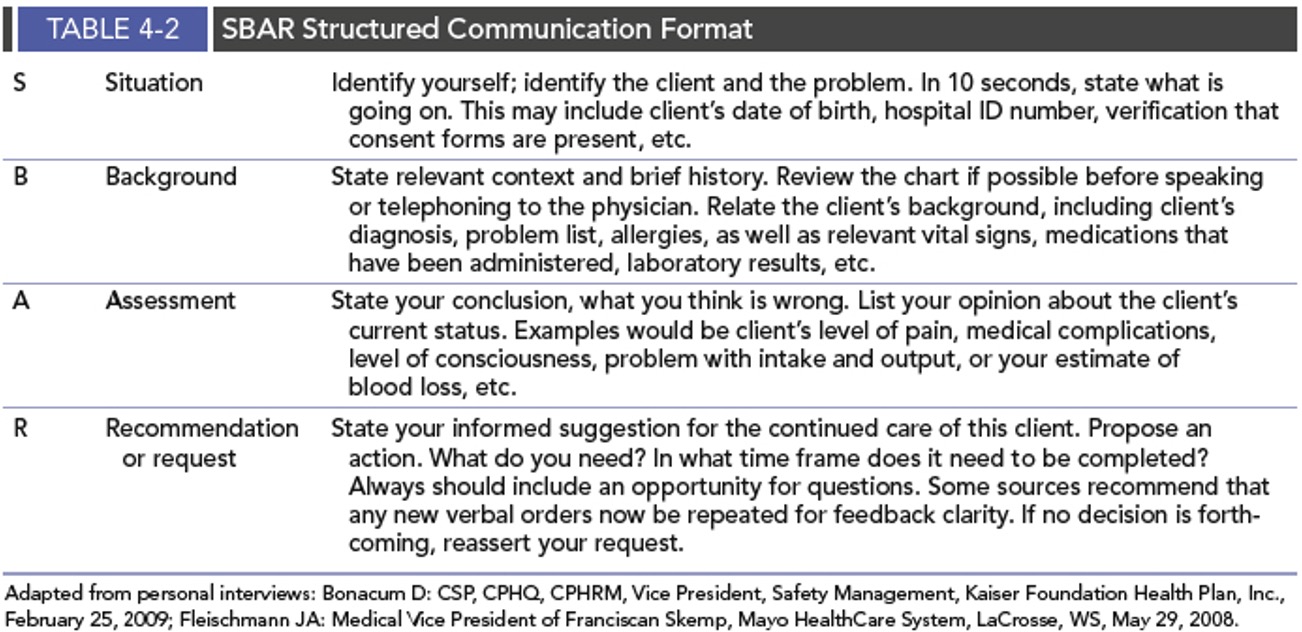
IDRAW
•IDENTIFICATION
•DIAGNOSIS
•RECENT CHANGE/S
•ANTICIPATED CHANGE/S
•WHAT TO WHAT FOR
inter-professional communication
The ability to communicate with patients, families, communities and other health care professionals in a responsive and responsible manner that supports a team approach to the maintenance of health and the treatment of disease
Pre-interaction phase
task- gathering information, anticipating , set up an interaction \n \n purpose- to become prepared for an effective interaction \n \n skills- non verbal, reading, processing, synthesizing data attending to enviroment
orientation phase
task - Clarifying purpose of relationship & roles \n Establishing trust \n Making inferences; \n identifying needs & strengths \n Defining the problem & goals \n \n purpose -To determine how the client views the problem, and client strengths that might be used to resolve problem \n To find out how the client would like to be; how things would be if the problems were solved.
working phase
when the nurse and the patient work together to solve problems and accomplish goals, talk about values and feelings, empowerment \n \n \n purpose- to wokr towards resolution, enable changes in thoughts feelings and behaviours \n \n skills- influencing, feedback, slience, controntation, sharing observations
Termination phase
tasks - Prepare for termination \n Evaluation: were the patient goals met & were the interventions appropriate \n Transition to other caregivers or self-care \n \n purpose- To evaluate the effectiveness of the changes, interaction & separate \n \n skills- Influencing; positive feedback; validation; summarizing